Create Better Balance in Your Swing: Understanding Tennis Elbow vs. Golfer's Elbow
Tennis Elbow vs. Golfer’s Elbow: Key Differences and Pain Management Solutions
Elbow pain is a common issue, particularly for individuals who engage in repetitive arm movements. Two of the most frequent conditions associated with elbow discomfort are tennis elbow and golfer's elbow. Despite their sports-related names, these conditions can affect anyone, including office workers, painters, and manual laborers.
Both conditions result from repetitive strain injuries, but they impact different areas of the elbow joint and require tailored treatment approaches. Understanding these differences can help individuals find the most effective pain relief solutions and prevent long-term joint issues.
What Is Tennis Elbow (Lateral Epicondylitis)?
Tennis elbow occurs due to overuse of the wrist extensor muscles, leading to inflammation in the tendons that attach to the outer part of the elbow (lateral epicondyle). This condition often results from repetitive wrist extension and forearm supination, commonly seen in activities such as:
Typing or using a computer mouse for extended periods
Painting or carpentry work
Weightlifting or gripping tools tightly
Improper swinging mechanics in racket sports
Symptoms of Tennis Elbow:
Pain or burning sensation on the outer elbow
Weak grip strength, making it difficult to hold objects
Discomfort during wrist and forearm movements
Potential misalignment of the proximal radius and distal humerus
Treatment Strategies for Tennis Elbow:
Rest and ice therapy to reduce inflammation
Physical therapy to strengthen forearm muscles
Bracing or taping to limit excessive movement
Chiropractic adjustments to improve joint alignment and mobility
What Is Golfer’s Elbow (Medial Epicondylitis)?
Golfer's elbow is caused by overuse of the wrist flexor muscles, leading to inflammation in the tendons attached to the inner elbow (medial epicondyle). It commonly occurs due to:
Repeated wrist flexion movements (e.g., swinging a golf club, throwing a ball, or hammering)
Improper lifting techniques in strength training
Long hours of gripping objects, such as tools or sports equipment
Symptoms of Golfer’s Elbow:
Pain and tenderness on the inner side of the elbow
Discomfort that radiates into the forearm
Weak grip strength and difficulty holding objects
Possible misalignment of the proximal ulna and distal humerus
Treatment Strategies for Golfer’s Elbow:
Rest and avoiding repetitive movements that exacerbate pain
Stretching and strengthening exercises to improve flexibility
Ergonomic posture improvements to prevent strain
Chiropractic care for musculoskeletal alignment and pain relief
How Chiropractic Care Helps with Elbow Pain Relief
Chiropractic adjustments provide a holistic approach to pain relief, addressing the root causes of tennis elbow and golfer’s elbow. Since these conditions often stem from misalignments and muscular imbalances, chiropractic care can enhance recovery by restoring proper joint function and preventing recurring injuries.
Key Chiropractic Techniques for Elbow Pain:
Spinal Adjustments – Improve overall spinal and joint health, reducing upper-body tension.
Extremity Adjustments – Correct wrist, forearm, and elbow misalignments for better mobility.
Posture Correction Therapy – Helps distribute movement strain more effectively.
Strength and Flexibility Exercises – Reduces risk of future overuse injuries.
Ergonomic Modifications – Improves daily movement patterns to prevent strain.
By integrating chiropractic care, physical therapy, and ergonomic adjustments, individuals can experience long-term pain relief and improved sports performance. Whether you suffer from tennis elbow or golfer’s elbow, proactive treatment can restore pain-free movement and prevent further joint damage.
Take Action for Elbow Pain Relief
Take control of your elbow pain with expert chiropractic care at Vertical Chiropractic. Dr. Bobby specializes in targeted treatments to alleviate discomfort, restore mobility, and prevent future injuries. Don't let persistent pain interfere with your daily activities. Schedule your consultation today and start your journey toward lasting relief.
References:
(1) Vicenzino B, Cleland JA, Bisset L. Joint manipulation in the management of lateral epicondylalgia: a clinical commentary. J Man Manip Ther. 2007;15(1):50-6. doi: 10.1179/106698107791090132. PMID: 19066643; PMCID: PMC2565595.
